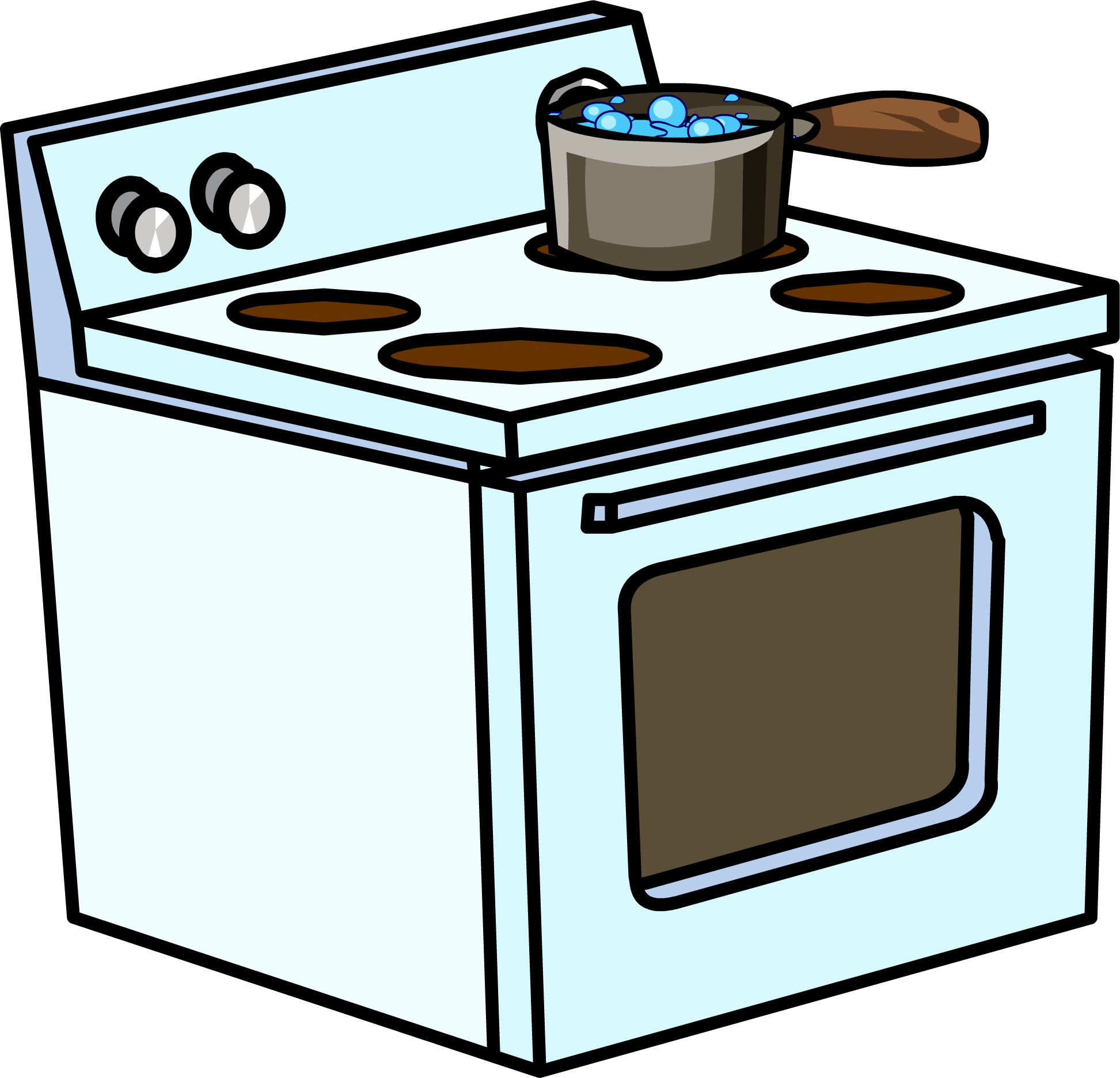Emollients are an important and effective treatment to prevent or treat skin conditions. If you need to use emollients, you should continue to do so but ensure you are aware of the fire safety advice to reduce the risk.
Fabric and clothing with dried on emollient becomes flammable, and you should void exposure to naked flames and other potential ignition sources, including smoking.
Anyone regularly using emollients should keep away from fire, naked flames or heat sources if their clothing, bedding or dressings are contaminated.
We advise that fabrics contaminated with emollient residue are washed regularly. This might help to reduce the fire risk, but it will not eliminate it.
Emollients may not be suitable to use if you require the use of oxygen or air flow pressure relieving equipment. A Healthcare professional can advise on alternative and safer products that you could use.
Do tell your health care professional or carer if there is a change in your medical or health condition which might compromise your fire safety within your home. For instance, if you are prescribed medications that cause drowsiness, your mobility declines significantly, or you experience memory issues.
Share this advice with friends, family or carers who support you.
What are emollient skin products?
They are moisturisers which may contain paraffin or other products like shea or cocoa butter, beeswax, lanolin, nut oil or mineral oils and they work by covering the skin with a protective film or barrier which keeps the moisture in.
Are they only available on prescription?
Emollients are commonly prescribed by GPs, nurses and other clinicians over long periods of time to treat skin conditions such as psoriasis, eczema and sores. Many of these products can also be purchased over the counter in chemists and supermarkets.
Are emollients safe to use?
Yes, they are. You should use as recommended by medical professionals and by following the manufacturer’s instructions. But, it’s important to be aware of and manage the fire risk associated with these products, particularly when they are absorbed into fabrics.
Are emollients flammable?
Emollients themselves are not directly flammable, if you put a match to a sample of emollient skin product it would not ignite. They can significantly increase the flammability of fabrics when absorbed into materials such as clothing, bedding, or bandages. It’s important that fabrics with emollient residue are not exposed to naked flames or heat sources.
Why should I be concerned?
Regular use of these products over several days, can lead to them soaking into clothing, bedding and bandages/dressings. This residue then dries within the fabric. If you then introduce an ignition or heat source such as:
Accidentally dropping a cigarette, lighted match or lighter
Sitting too near to a gas, halogen, or open fire
Catching clothing on a hob when cooking
it can cause a fire to develop, burn intensely and spread rapidly. This could lead to serious injury or death. People who smoke or that have reduced mobility should be especially aware of the risk.
Take steps to reduce the risks:
Emollients are an important and effective treatment to prevent or treat skin conditions.
Fabric and clothing with dried on emollient is more easily ignited. Avoid exposure to naked flames and other potential ignition sources, including smoking whilst wearing clothes or dressings that have been in contact with emollient treated skin.
Be aware of the risk and take steps to reduce the risk of an emollient fire.
Smoking
If you smoke and regularly use emollients, you can reduce your risk.
Seek advice on quitting. You can find information and advice on quitting on the NHS Smoke Free website. It’s a good idea to speak with your GP as you are more likely to succeed in quitting with support. The NHS can also provide advice on alternative stop smoking treatments and aids. Nicotine replacement products remove the use of a naked flame when lighting a cigarette, or the heat source if you were to drop a cigarette on contaminated fabrics.
If you don’t want to quit or are not ready to quit, never smoke wearing clothes which are contaminated with emollients. Wearing uncontaminated clothes or using a smoking apron may help reduce the risk as it could prevent a dropped match or cigarette coming into contact with your clothing.
Don’t smoke in bed, we never advise this due to the risk of falling asleep when smoking. For emollient users this is a greater risk because bed sheets and night clothes can be contaminated. As with all fabrics which may have emollient residue, we advise these items are washed regularly at the highest temperature on the care instructions. This will not completely remove the risk but can reduce it.
Cooking
You can reduce the risk when cooking by making sure you don’t cook when wearing clothes contaminated with emollients when using gas or electric hobs.
Cooking with products with no flame and less or no direct heat will reduce the risk, so it’s safer to cook using a microwave, air fryer or induction hob.
Candle Safety
Take care when using candles. You must keep fabrics contaminated with emollients away from naked flames.
Be careful when lighting candles so you do not drop a match or lighter onto clothing or furnishings, ensure you clothes don’t have emollient on them or ask someone else to light them. It’s much safer to use LED candles.
Keeping Warm
Don’t sit too close to open fires, electric bar, gas or halogen heaters. Make sure you sit at least a metre away. Remember that furniture with fabric covers and soft furnishings may also have emollient residue so ensure they are away from the heat source, and you can consider using washable throws over fabric furnishings to reduce the contamination of these. You should regularly wash any throws at the highest temperature on the care instructions.
Washing fabrics to reduce the risk
Wash fabrics such as clothes, bed sheets and furniture throws regularly at the highest temperature indicated on the care instructions to try and remove any emollient residue. This may reduce the risk but will not eliminate it.
Do not dry these fabrics on or in front of heaters.
If using a tumble dryer use a cooler temperature setting and ensure it runs the full cycle including the cool down cycle. Allow items to cool fully before folding to allow any heat to dissipate.
Useful Links
Emollients know the risk – PDF
Emollients advice to Healthcare Professionals – PDF
Safe use of emollients – Youtube video








